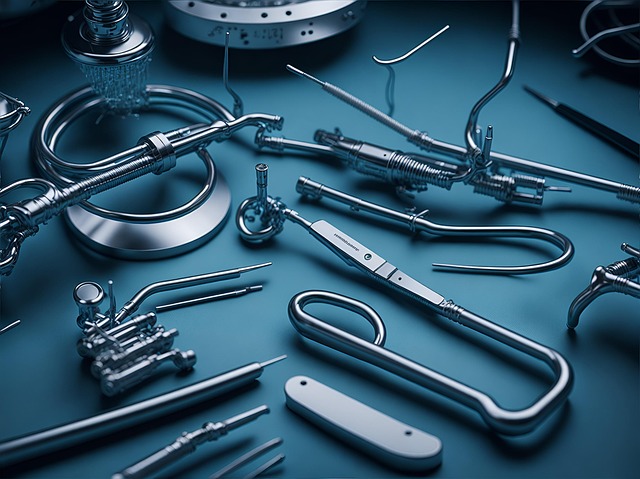By Tim Lambert
6,500 BC Skulls are trepanned
c 1,500 BC The Ancient Egyptians have some knowledge of anatomy from mummification. Egyptian surgeons use clamps, saws, forceps, scalpels, and scissors. The Egyptians use honey as an antiseptic.
c 335-280 BC A Greek named Herophilus lives. He carried out dissections of human bodies in public. He is sometimes called the Father of Anatomy.
c 300 BC Ancient Greek surgeons bathe wounds with wine to prevent them from becoming infected.
c 130-210 AD The Roman surgeon Galen lives. Many of his ideas are wrong but they dominated surgery for centuries.
476 AD The Roman Empire in the West falls. Afterward, many skills are lost in Western Europe but are kept alive in the Byzantine Empire and are later practiced by the Arabs.
13th Century In Europe surgery revives. In towns, skilled craftsmen called barber-surgeons practice. They carry out amputations and set broken bones. However, barber-surgeons are lower in status than university-educated doctors.
Mid-14th Century The Church allows some dissections of human bodies at medical schools but the ideas of Galen continue to dominate
1452-1519 Leonardo Da Vinci lives. He dissects some human bodies and makes accurate drawings of them
1536 Ambroise Pare treats wounds with a mixture of egg yolk, rose oil, and turpentine rather than hot oil
1543 Andreas Vesalius publishes The Fabric of the Human Body, which contains accurate diagrams of the human body. Vesalius bases his ideas on observation not the authority of people like Galen.
1728-1793 John Hunter, known as the Father of Modern Surgery lives
1735 The first recorded operation to remove an appendix takes place
1792 Dominique-Jean Larrey creates an ambulance service for wounded men
1842 Crawford Long uses ether as an anesthetic
1847 James Simpson begins using chloroform
1865 Joseph Lister discovers antiseptic surgery
1883 Robert Lawson Tait removes the fallopian tube of a woman suffering an ectopic pregnancy
1890 Rubber gloves are first used in surgery
1895 Wilhelm Roentgen discovers x-rays
1896 Ludwig Rehn performs the first heart surgery
1905 Novocain is used as a local anesthetic
1914 The first non-direct blood transfusion is carried out
1950 The first kidney transplant is carried out, by Richard Lawler
1960 The first hip replacement surgery is performed
1962 Ronald Malt re-attaches a boy’s severed arm
1963 Thomas Starzl performs the first liver transplant
1964 Lasers are first used for eye surgery
1967 The first heart transplant is carried out by Christiaan Barnard
1987 The first heart and lung transplant is carried out
2005 The first face transplant surgery is performed
2008 A laser is used in keyhole surgery to treat brain cancer
2011 The first leg transplant is carried out
2012 The first womb transplant is carried out
